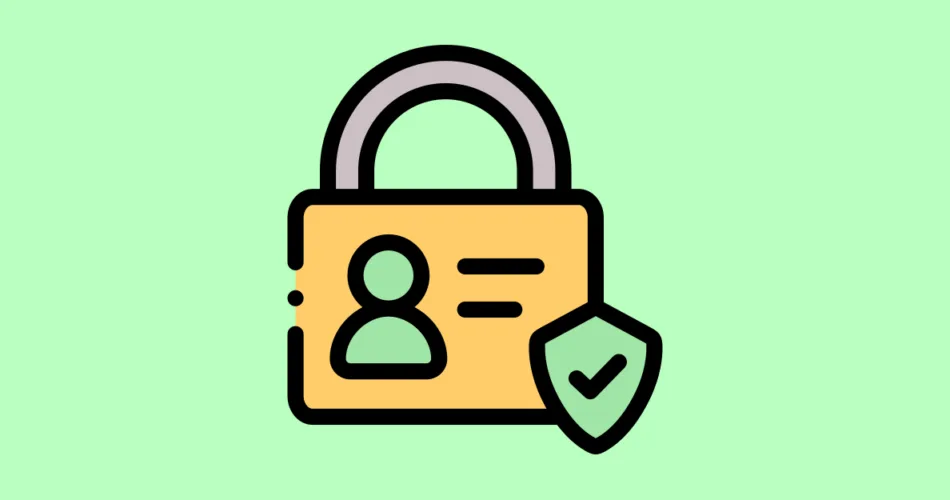In the era of microservices architecture, ensuring robust security is of paramount importance. This blog post takes you on a journey through the world of microservices security, exploring key strategies and practices that safeguard applications and data from potential threats.
1. Identity and Access Management
Identity and Access Management (IAM) is a cornerstone of microservices security. It involves managing user identities, authenticating users, and controlling their access to resources. IAM ensures that only authorized users can interact with specific services and data.
For example, consider a healthcare application. IAM controls who can access sensitive patient data, ensuring that only authorized medical personnel can view medical records.
2. API Security (Authentication, Authorization)
APIs are the gateways to microservices, making API security a critical consideration. Authentication ensures that users and services are who they claim to be. Authorization defines what actions they are allowed to perform once authenticated.
Imagine a financial application. Authentication verifies the identity of a user or service trying to access account details. Authorization determines whether the user has permission to withdraw funds or perform other transactions.
3. Data Protection and Encryption
Data protection is crucial in microservices, where data flows across services. Encryption transforms sensitive data into an unreadable format, ensuring that even if unauthorized access occurs, the data remains secure.
For instance, a messaging application that handles personal messages can encrypt the content to prevent unauthorized interception.
4. Secure Communication
Secure communication protocols, such as HTTPS, play a vital role in microservices security. They encrypt data transmitted between services, preventing eavesdropping and data tampering.
In a ride-sharing app, sensitive user location data communicated between services must be encrypted to protect user privacy.
In conclusion, microservices security is a multi-faceted endeavor. From identity and access management to API security and data protection, a robust security strategy ensures the confidentiality, integrity, and availability of applications and data. By implementing these secure measures, organizations can build trustworthy and resilient microservices architectures that safeguard sensitive information and uphold user trust.
Elevate your microservices security to a new level of strength and reliability, ensuring that your applications stand strong against the evolving landscape of cybersecurity threats.
Subscribe to our email newsletter to get the latest posts delivered right to your email.


Comments